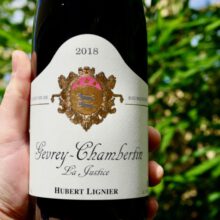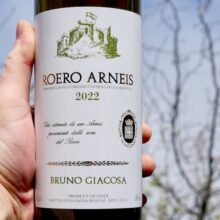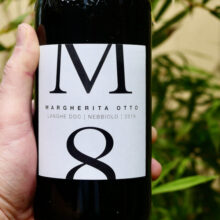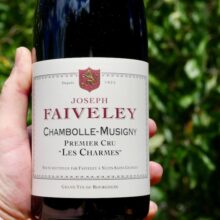A naturally occurring bacterial fermentation that converts malic acid to the softer lactic acid releasing carbon dioxide and producing various flavour and aroma compounds, including diacetyl known for it’s buttery aroma. The amount of any aroma or flavour compounds produced will depend on the strain(s) of bacteria present and when they are active ie during the alcoholic fermentation or after the alcoholic fermentation.
Red wine goes through 100% malolactic fermentation (MLF) providing microbial stability to the wine, minimising the chance of bacterial spoilage post bottling. Other styles like, white, rosé, sparkling and fortified may go through no, partial or full MLF. Where acid retention is desired MLF is often stopped, typically through the addition of sulphur. Where acid reduction is desired MLF is typically encouraged.
Where no or partial MLF has been employed the wine either needs to be sterile filtered, a lysozyme enzyme used to break down the bacteria, or sufficient sulphur added to inhibit MLF from occurring post bottling.
Like yeast for alcoholic fermentation, commercial preparations of malolactic bacteria, typically Leuconostoc Oenos are available to winemakers to encourage MLF.



